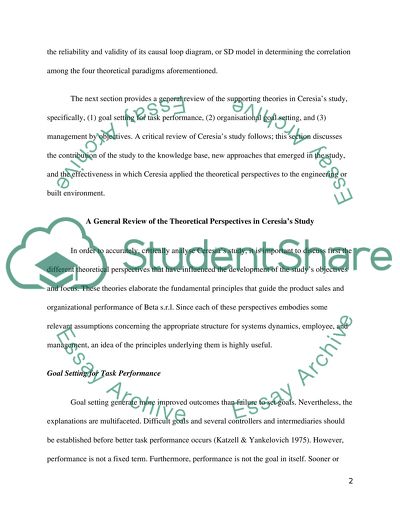Cite this document
(“Strategic Management Critically evaluate the contribution the paper Literature review”, n.d.)
Retrieved from https://studentshare.org/other/1426718-strategic-management-critically-evaluate-the
Retrieved from https://studentshare.org/other/1426718-strategic-management-critically-evaluate-the
(Strategic Management Critically Evaluate the Contribution the Paper Literature Review)
https://studentshare.org/other/1426718-strategic-management-critically-evaluate-the.
https://studentshare.org/other/1426718-strategic-management-critically-evaluate-the.
“Strategic Management Critically Evaluate the Contribution the Paper Literature Review”, n.d. https://studentshare.org/other/1426718-strategic-management-critically-evaluate-the.


